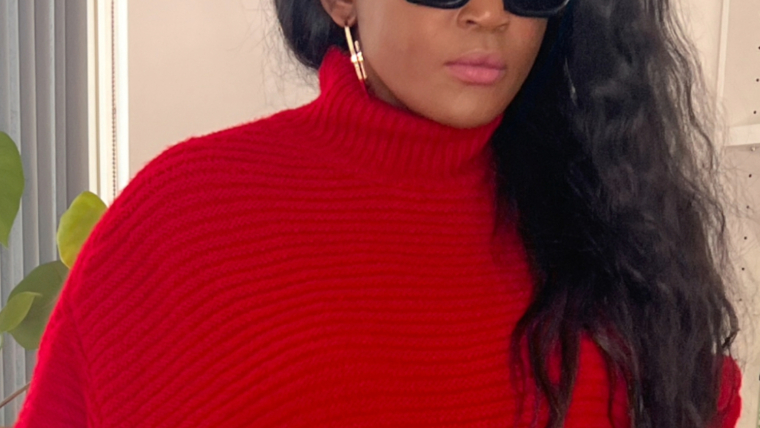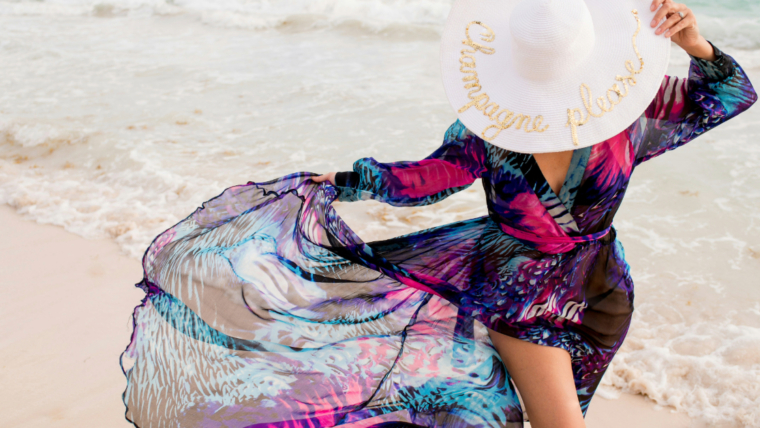It’s finally summer, and if you’re wondering how to dress for Sub-Saharan travel in July and August, you’re not alone. Most of us are deep into holiday plans — France? Allez-y. Italy? Ciao bella. Africa? Well… I hope you packed wisely. From my own travels and years living in Kenya (obviously, me being Kenyan), I’ve learned that Africa’s climate during July and August rarely fits the usual summer expectations. While much of the world is soaking in high temperatures, many parts of Sub-Saharan Africa, particularly Southern and some Eastern regions, experience a distinct seasonal shift. It’s a cooler, sometimes surprisingly crisp time of year, demanding thoughtful dressing that balances style with climate realities.
So for anyone planning to visit or live in Africa during these months and who wants to stay comfortable and stylish, without sacrificing cultural awareness or practical sense, this is just the article for you.
What July and August Really Look Like in Sub-Saharan Africa
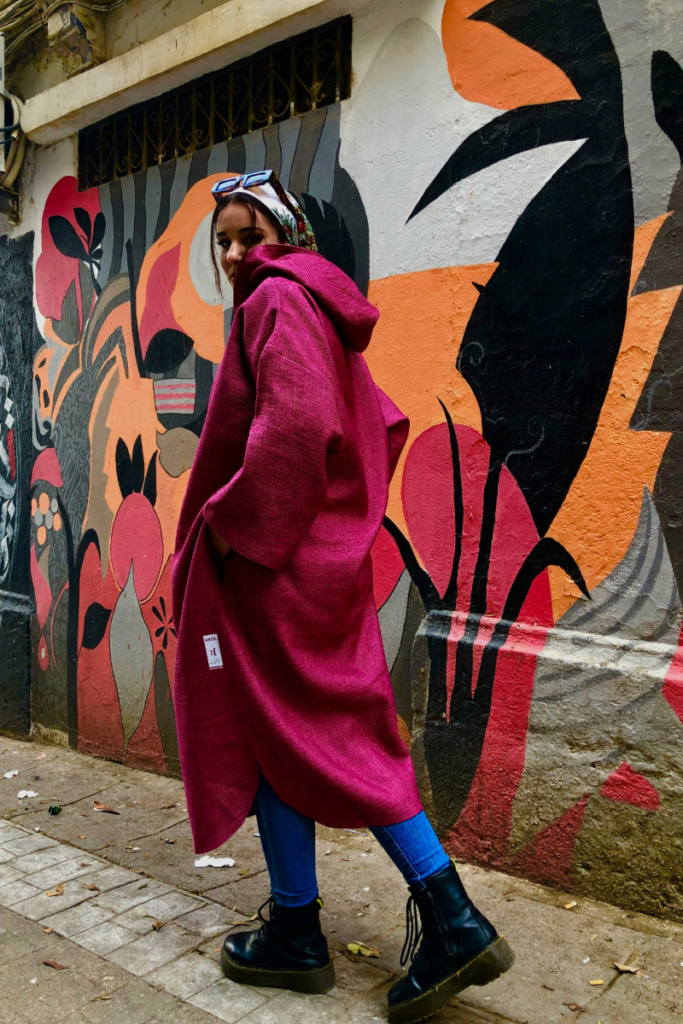
Most travel guides simplify Africa as a place of unrelenting heat, but that couldn’t be further from the truth. During July and August, Southern Africa, particularly Cape Town, Johannesburg, Namibia, and Botswana, is in the midst of winter. A friend of mine from Botswana (hello Mogolo!), whom I met during my time in China, once told me how cold the mornings get back home in July. Frost on the ground, breath visible in the air, and layers are essential even just for school runs or morning errands.
Johannesburg’s nights are well known to regularly dip below freezing, and higher-altitude spots like Lesotho and the Drakensberg sometimes see snow. Over in East Africa, my hometown, cities like Nairobi and Arusha tend to have dry, sunny days but very chilly mornings and evenings. And trust me when I say, the temperature swings are stark and real.
How to Dress Well, Balancing Practicality, Style, and Respect
When I first moved from living in Kenya to living abroad, I often saw people trying to “dress African” by wearing traditional prints head to toe. While I love seeing African textiles celebrated, I also understand the importance of dressing in a way that feels natural, practical, and context-appropriate. And especially for visitors or those mixing global and local styles.
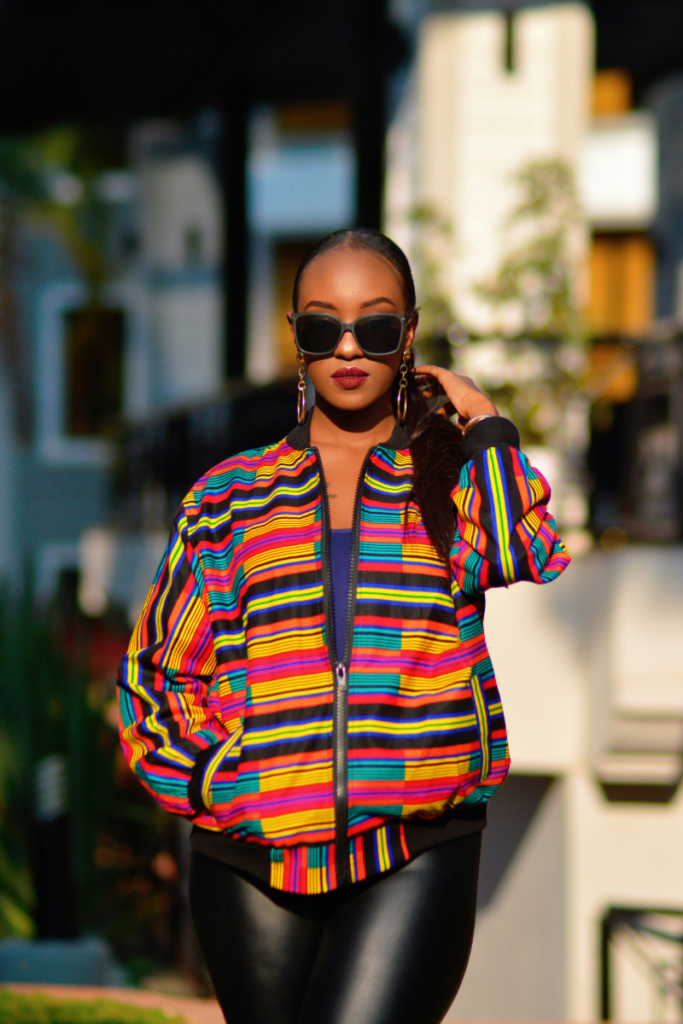
From my experience, here’s what works:
- Incorporate cultural nods with intention: A Kikoy-inspired wrap can double as a scarf or blanket on chilly flights. Ankara prints, which are widely available across many African markets and increasingly from ethical global brands, work beautifully as jackets or accessories. You don’t have to wear traditional prints all over. Just a subtle touch can speak volumes.
- Focus on contemporary, versatile basics. Wide-leg trousers, structured jackets, and comfortable midi dresses in breathable fabrics like cotton blends, linen twills, or denim. These pieces suit the cooler climate without compromising style.
- Mix and match for layering: Think trench coats and neutral knits by day — here’s how to choose the best sweaters, and then pair them with boots or sturdy sneakers by night. This is how I normally dress up during the cooler seasons across Nairobi and London alike. Functional, stylish, and very adaptable, so you don’t need to buy more stuff just for your Africa travels in July and August.
Master Layering Your Outfits
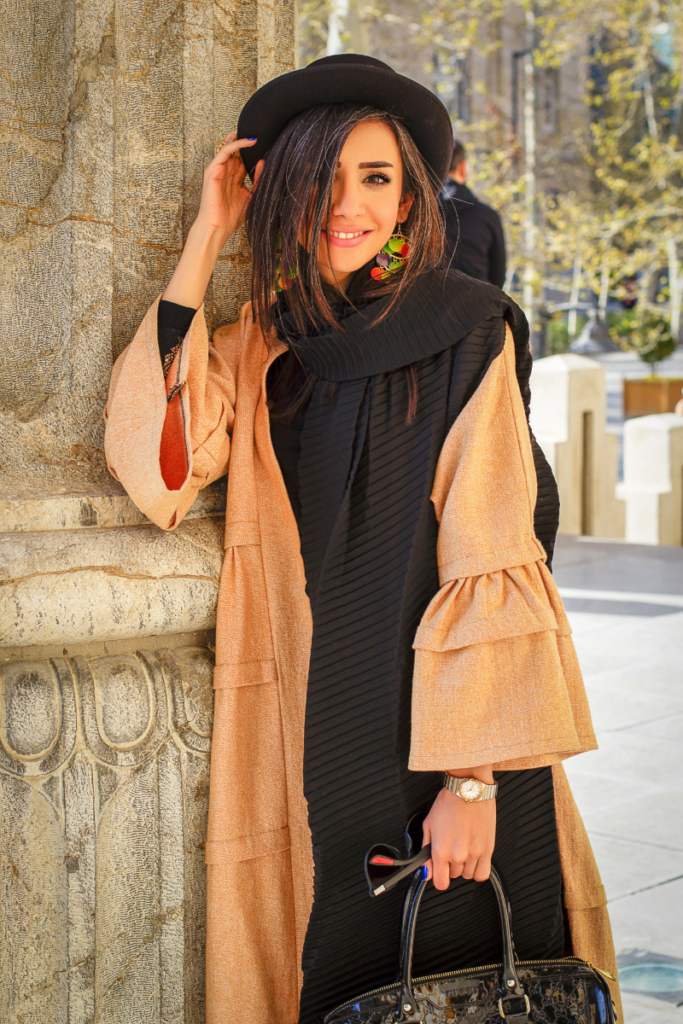
Layering in this part of the world isn’t about bulky winter coats or overdoing it with heavy fabrics. Instead, it’s about smart combinations that can handle temperature swings from morning chill to midday warmth.
- Start with a breathable base layer. I highly recommend lightweight knits or cotton long-sleeved tops, often in natural tones that complement African landscapes.
- Add a mid-layer such as a structured shirt-jacket or vest that offers warmth without bulk.
- Finish with an outer layer like a lined bomber jacket, tailored blazer, or duster coat — ideally in a print or texture that reflects your personal style and feels relevant to the locale.
- Don’t forget adaptable accessories: scarves, hats, or even a versatile wrap can transform your outfit and provide extra warmth.
- Footwear matters: leather ankle boots or loafers paired with socks balance comfort and style for city streets or safari lodges alike.
This layering system is what I have used myself during trips to Africa without overheating or feeling restricted.
Building a Capsule Wardrobe for Sub-Saharan Africa in July and August
Again, as you well know, packing light and smart is key for travel or daily wear in these months.
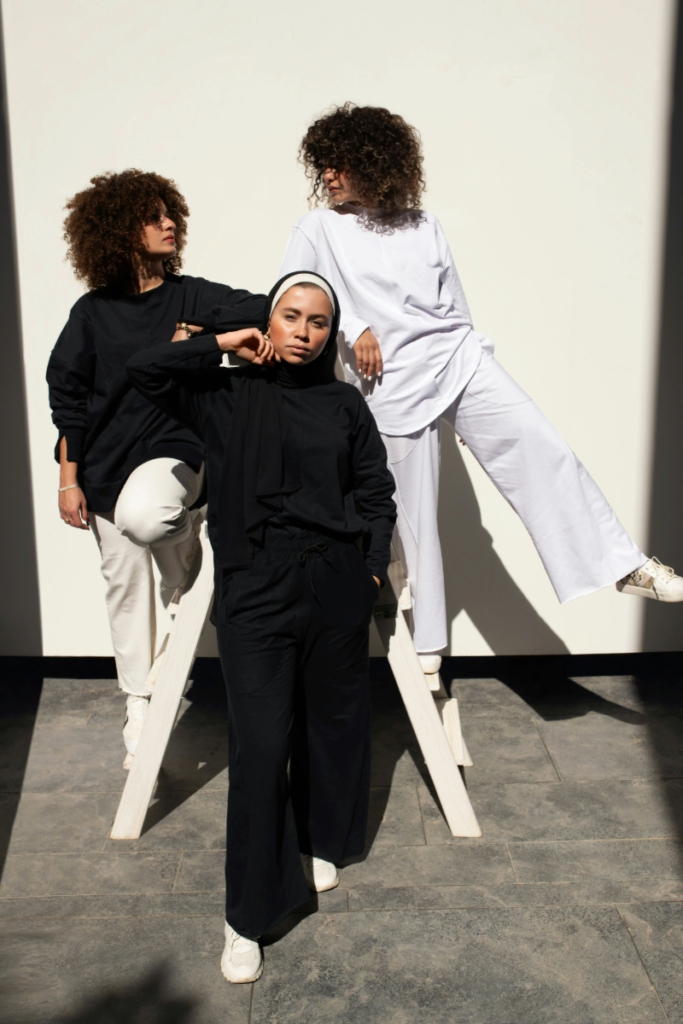
Here’s a capsule that has worked for me and one that could work for you too.
- Two to three long-sleeved tops (lightweight knits or cotton)
- One printed or neutral jacket (Ankara-inspired or plain)
- One wrap or scarf that can double as a blanket. (Get a Maasaai Shuka in addition if you’re in East Africa)
- Two pair of tailored trousers and one skirt or wrap skirt
- One mid-weight midi dress that layers well
- One lightweight coat or trench
- Comfortable closed shoes (boots or sneakers)
- Sunglasses and bold accessories to elevate your look
This mix lets you create multiple outfits without overpacking, blending comfort, culture, and style effortlessly.
Yes, Style Is Seasonal, Even in the Tropics
One of the most persistent myths I encounter is that Africa is “always hot.” It’s a narrative that overlooks regional climates and the richness of African seasonal dressing.
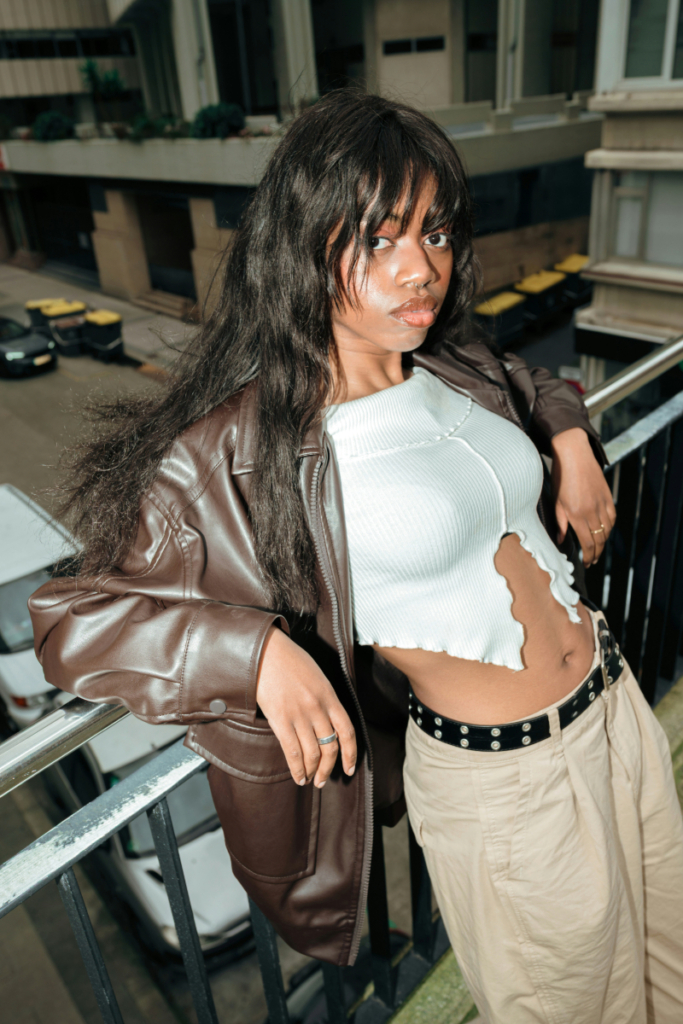
In my own wardrobe, I honour this nuance by shifting fabrics and layering rather than abandoning style. Johannesburg in July calls for different choices than Accra in August — and both deserve respect.
Dressing with awareness of place and season isn’t just practical, it’s an elegant form of cultural sensitivity.
And if you’re wondering how to dress for Sub-Saharan travel in July and August, remember: packing for summer doesn’t always mean sun dresses and sandals. A little planning and an open mind go a long way toward looking good, feeling comfortable, and honouring the place you’re in. So do your utmost research depending on your destination.
Need Help Packing Instagrammable Outfits?
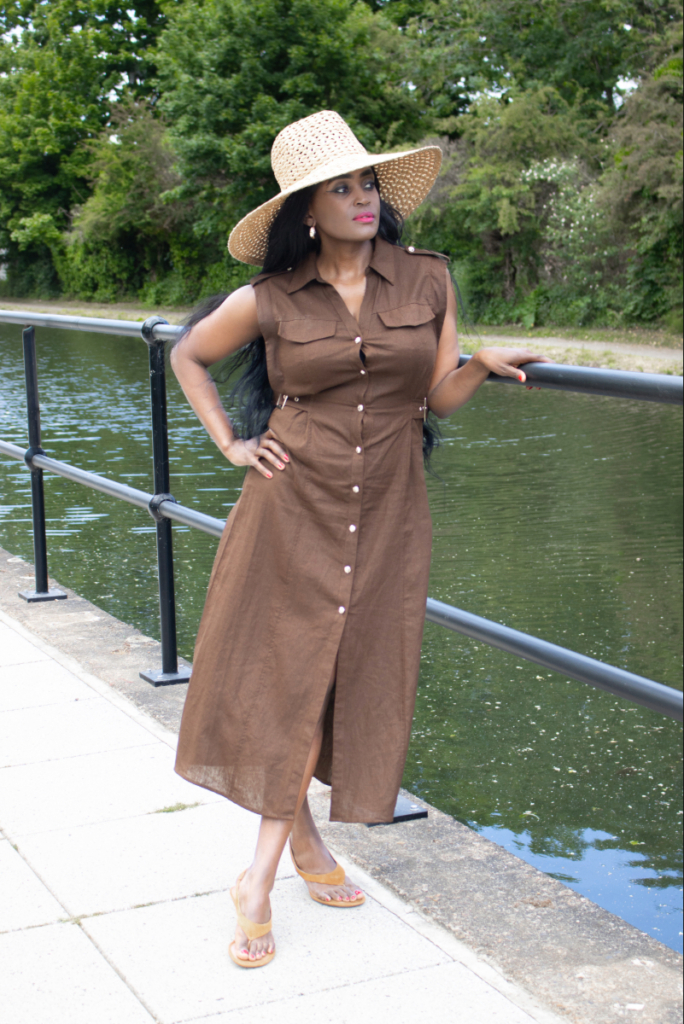
If you’ve got a trip coming up and want to know how to dress for Sub-Saharan travel in July and August, I offer personal styling support to help you build a smart, wearable capsule. One with versatile, Instagrammable outfits that match your destination, mood, and style.
Get in touch: Email me at [email protected] or DM me on Instagram. Let’s make packing the easiest (and most stylish) part of your journey.
For more insights on travel and seasonal African fashion, you might find my earlier guide useful:
An African Safari Isn’t Always Hot — What to Pack for Cooler Weather


